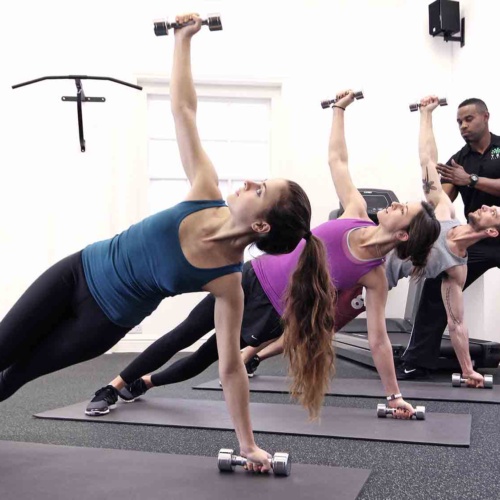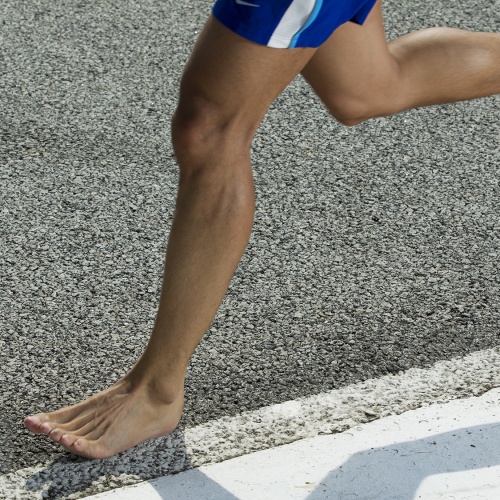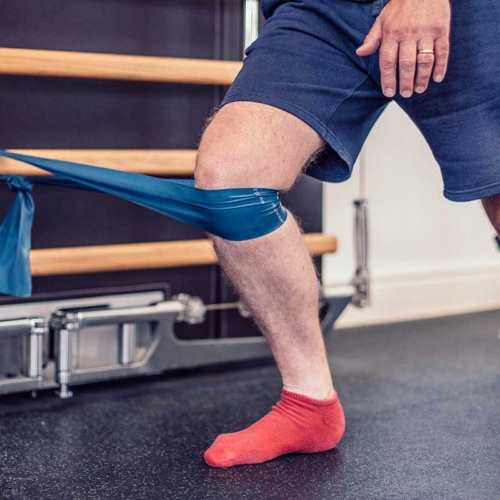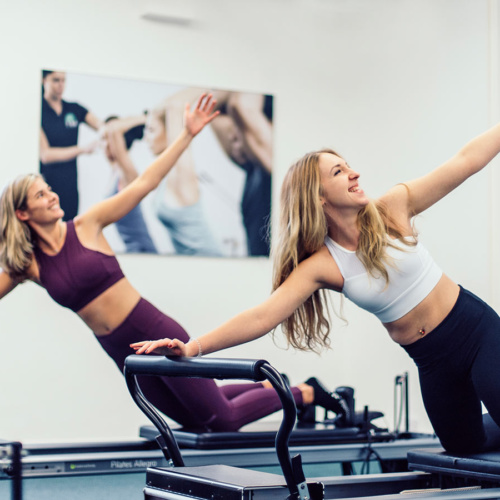Unless they’re competitive runners, people don’t generally naturally seek advice on how to run. We just figure it out as toddlers and carry on from there.
Perhaps unsurprisingly, a lot of casual runners run very inefficiently. You’ll have seen them out and about – you may be one yourself – running with long bouncy strides, landing heavily on their heels, decelerating on every step. Not only are they using a significant amount of energy pushing upwards rather than forwards, but also, they’re significantly increasing the pressure/force sent up through the leg, eventually leading to tissue failure/injury.
So how do you make your running more energy-efficient (not to mention safer)?
Simple. Cadence – the number of steps you take a minute. An inefficient style will usually be around 150/160 steps per minute, while an efficient runner will be up at around 180.
At this cadence, the following happens:
• the stride shortens
• the runner’s feet spend less time on the ground
• the footstrike moves from the heel closer to mid-foot, underneath rather than in front of the body
• the overall centre of gravity is lower
• there’s next to no vertical displacement (head bobbing)
All of which results in a significant reduction of energy at the same speed.
This change is not only more efficient, but reduces the risk of injury – the pressure up through your leg is reduced and your running mechanics are improved (your foot is on the ground for less time so your body has less time to deviate inwards).
So how do you change your cadence?
First, calculate your current cadence, by counting your steps for a minute. Alternatively, there’s an app called Tempo Tap that will do it for you.
Next, download a metronome app (there are lots of these available; ‘metronome beats’ works for me.)
Set the metronome to 180, jump on a treadmill and start running and try to hit the beat, getting your foot strike aligned with the beep. (NB: If you start from a very low cadence, you may need to increase it steadily).
Once you are aligned with the beat, try to make less noise as your foot hits the ground.
I recommend that you take this progression slowly. Intervals of 3 minutes on and 1 minute off is a great way to start.
Before making these changes I would always recommend that you visit your local Physiotherapist or an experienced running coach to make sure that you are suitable for such a programme. You’ll also need to do some essential preparation; strengthening your gluteal and lower calf muscles and ensuring that you have the right footwear.





